New options include single-serve heat-and-eat meals. | Photo courtesy of Blue Apron
The basic meal kit model has not changed much since it first emerged in the early 2010s. Customers sign up for a subscription, choose their meals and get a box of ingredients on their doorstep every week.
The idea was to make mealtime easier, which made meal kits a distinct threat to restaurants.
What has changed over that time is people’s dining habits, said Whitney Pegden, GM of meal kit company Blue Apron.
“Today’s consumer is really looking for more flexibility in how they eat, and then in addition to flexibility, they’re also looking for more convenience,” she said.
Given those needs, the traditional meal kit format has lost some relevance, she said. People don’t like being locked into subscriptions, nor do they want to have to plan their meals a week in advance. The rise of food delivery apps, meanwhile, has put restaurant meals and groceries at consumers’ fingertips.
With those trends in mind, Blue Apron decided to shake things up.
The company, now owned by food hall and delivery giant Wonder, no longer requires customers to subscribe to get meal kits. Instead, they can order meals a la carte and have them delivered in as little as three days, rather than the usual six- to seven-day turnaround.
Blue Apron has also diversified the types of kits it offers. There are still the old-fashioned options that come with whole ingredients and a recipe card. But it also developed Assemble and Bake meals that limit prep time to a few minutes, as well as Dish by Blue Apron—single-serve, heat-and-eat meals that require no prep at all.
Pegden acknowledged that moving away from a subscription model has its risks. Subscriptions provide a dependable revenue stream and make fulfillment more predictable. But they can also be a barrier to entry. Some people don’t want to commit to a weekly box.
“The bet we’re making is that it’s gonna make people buy with us more often because we’re not so restrictive,” Pegden said.
Blue Apron has also adjusted its pricing. Previously, customers would pay the same amount for a steak dinner and a vegetable dish. Now, prices are more reflective of the actual cost of each meal, giving customers more control over how much they spend.
It’s not doing away with subscriptions entirely. Customers that still want to set it and forget it can do that with the Autoship and Save option, which saves them 5% per order.
As part of the overhaul, Blue Apron has redesigned its website and app experience. It’s now more like an e-commerce site, with a big blue button at the top that says “shop now.”
Pegden said being part of Wonder has helped shape Blue Apron’s new direction. The company founded by e-commerce entrepreneur Marc Lore aims to cover more of customers’ dining needs by offering both on-demand restaurant food and meal kits. It calls itself a “super app for mealtime.”
“The customer insight that people do want flexibility in how they eat week in and week out and don’t want to be locked in is a core understanding that fuels this Wonder vision,” Pegden said.
Customers that live near one of Wonder’s 50-plus locations can order Blue Apron meal kits within the Wonder app. Pegden declined to share how many customers are opting to do that, but she did say that half of Wonder’s in-app meal kit orders are for the new heat-and-eat meals.
“That speaks to the growth of these more convenience-focused meals, and that helped really double down on the prepared meals line,” she said.
Founded in 2012, Blue Apron helped pioneer the boxed-meal movement and parlayed its fast growth into a 2017 IPO. But it struggled with rising competition and high operating costs, and had lost much of its value when Wonder snapped it up last year for $103 million.
Members help make our journalism possible. Become a Restaurant Business member today and unlock exclusive benefits, including unlimited access to all of our content. Sign up here.




